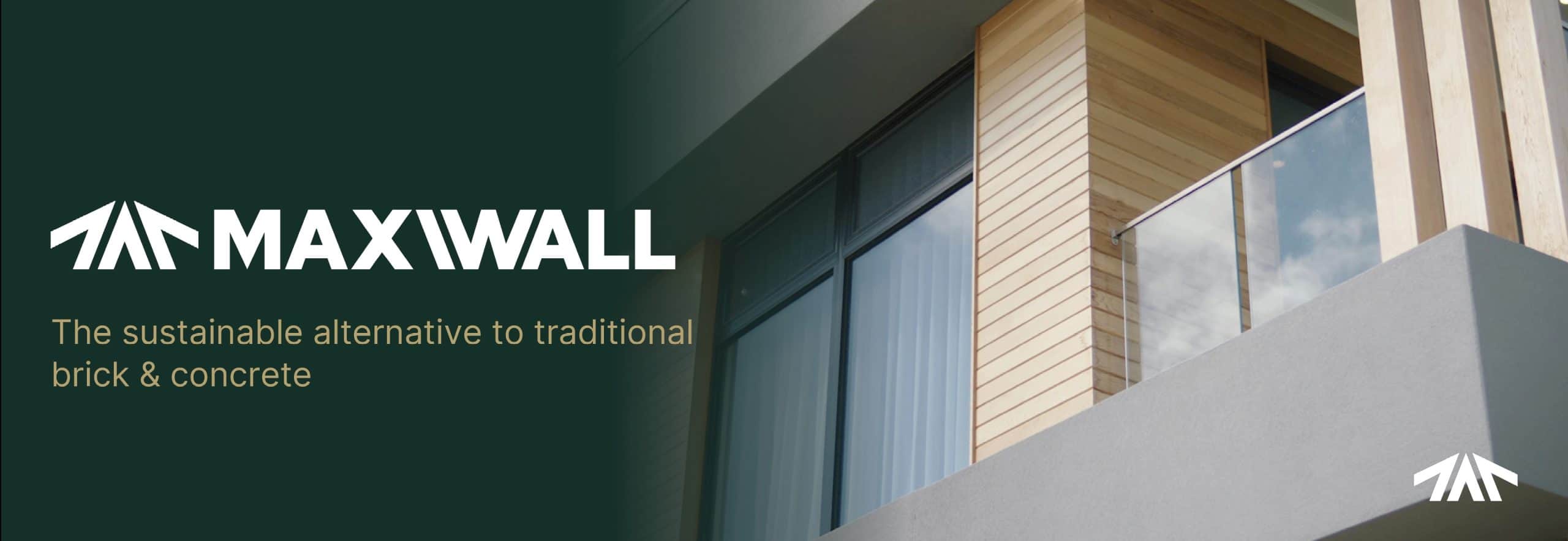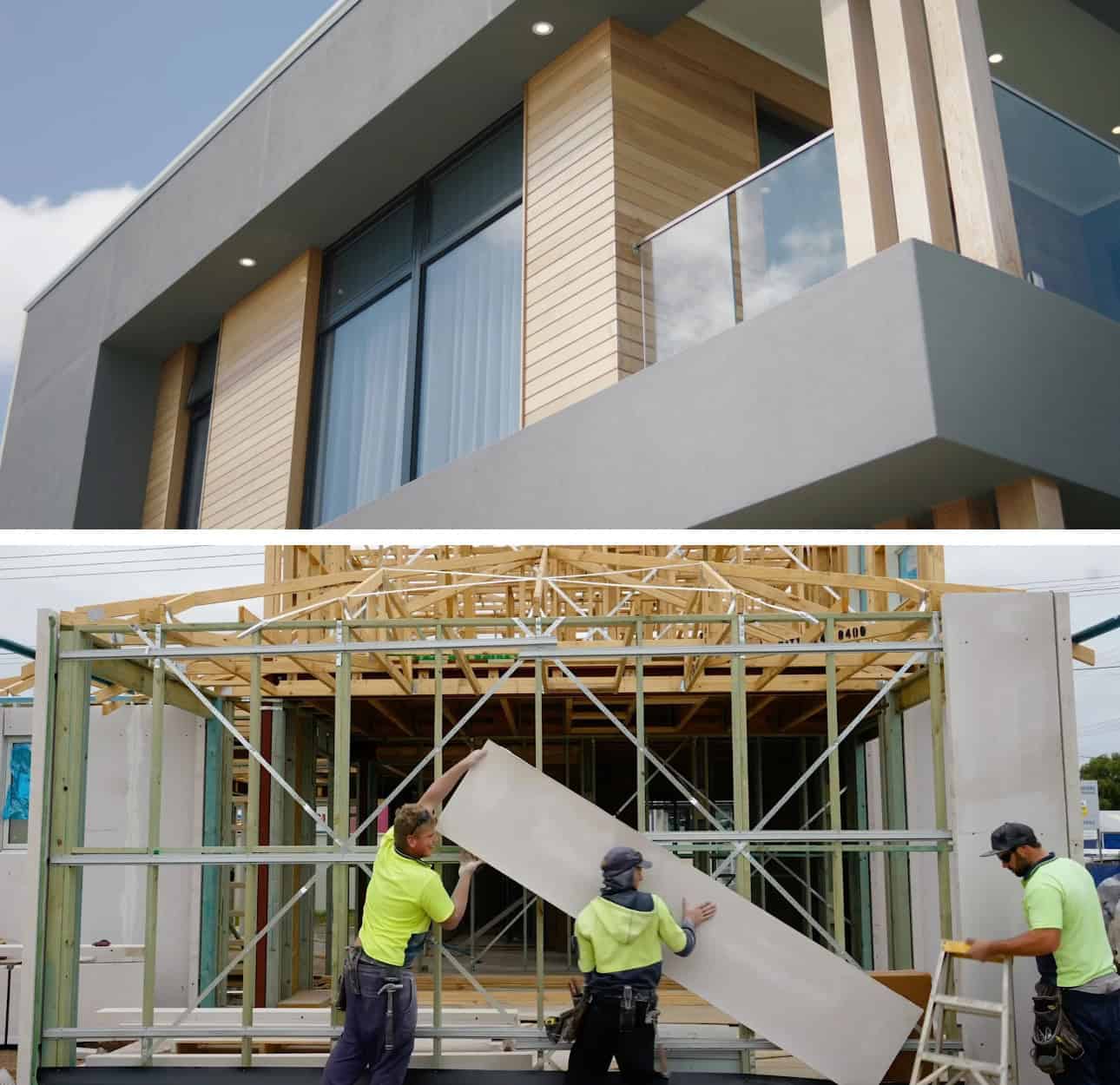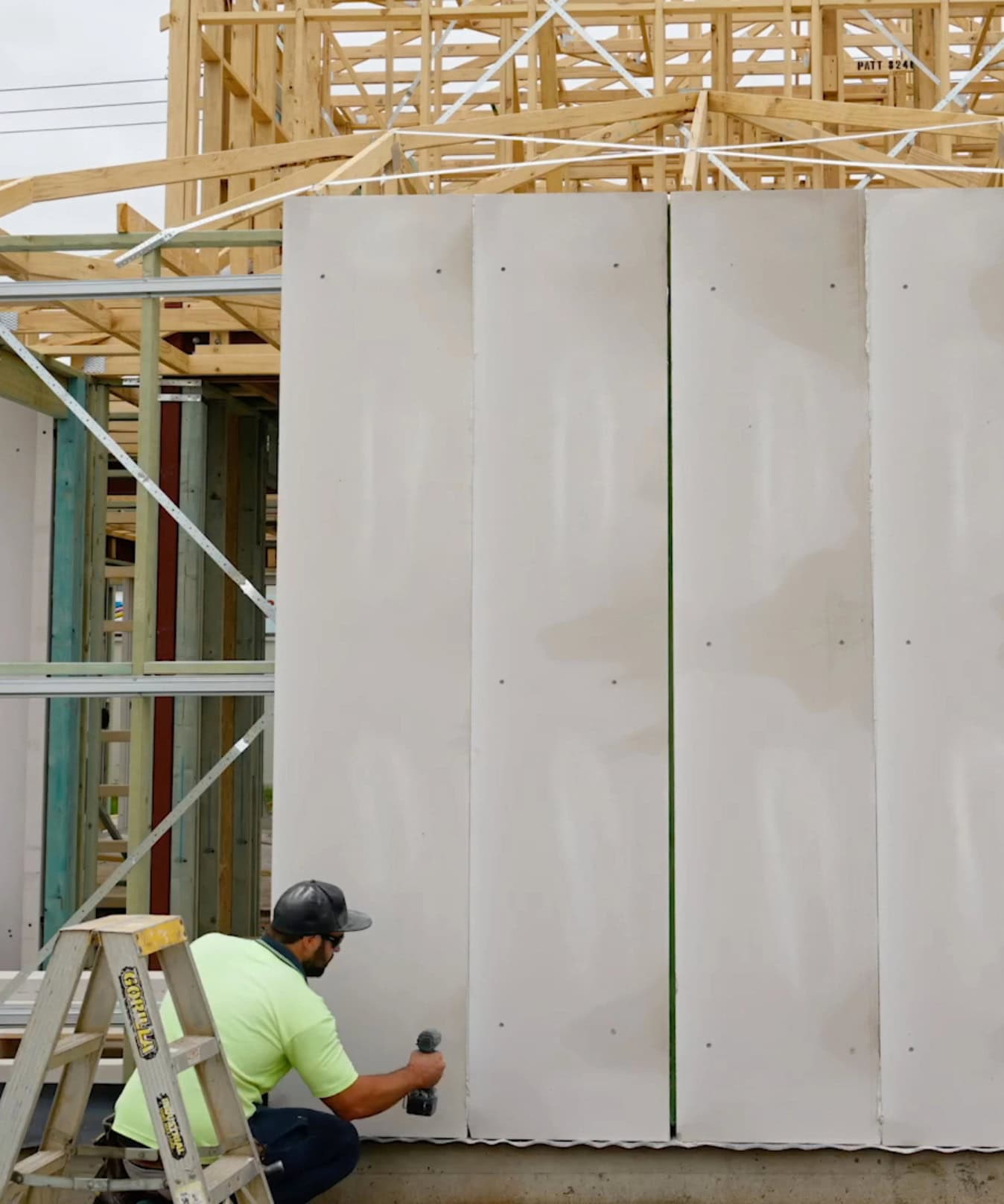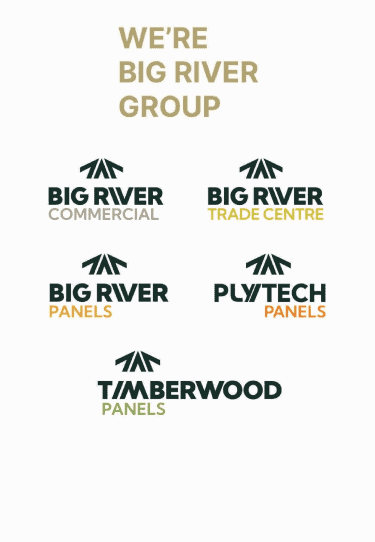
MaxiWall AAC Panels
MaxiWall is a high-performance autoclaved aerated concrete (AAC) made from a blend of sand, lime, cement, and water. With an expansion agent added to the mix, MaxiWall rises during the manufacturing process, creating lightweight yet durable panels. Manufactured using advanced German technology that has been refined over 80 years, MaxiWall AAC panels offers a modern, efficient solution for building construction.
Installing just one MaxiWall AAC panel is equivalent to laying approximately 75 bricks, offering significant cost savings for both builders and homeowners. This not only reduces overall construction expenses but also lowers labour costs and minimises material wastage on-site.
When compared to traditional building materials like brick and block, MaxiWall has 60% less embodied energy and generates 50% fewer greenhouse gas emissions during production. This makes it an environmentally friendly and cost-effective alternative. MaxiWall can be easily installed by the same carpenters handling your wall frames and roof, allowing for streamlined construction and reduced timelines.
MaxiWall AAC panels are highly versatile, compatible with a wide range of façade materials such as fibre cement, timber, or steel, giving builders and homeowners flexibility in achieving their desired aesthetic.
Available at Big River branches across Australia, MaxiWall is built to withstand Australia’s tough environmental conditions. Steel-reinforced and coated with a render layer, MaxiWall is designed to resist the elements and deliver long-lasting durability, ensuring your structure remains strong for years to come.

GET IN TOUCH
Strong & Durable
MaxiWall steel-reinforced panels provide the solid feel of traditional bricks. With an approved external render finish, they withstand harsh Australian climatic conditions and will not degrade under normal circumstances.
Cost Effective
MaxiWall lightweight panels are easy to handle on-site with standard construction tools and quick to build with resulting in lower labour costs.
Fire Resistant
MaxiWall is manufactured from aerated concrete and is non-combustible and therefore suitable for fire-rated applications such as boundary and party walls in residential and commercial applications.
Safe
Does not contain any toxic odours, and will not harbour or encourage vermin.
Energy Efficient
Having a closed aerated structure which gives it superior thermal insulation properties compared to concrete or brick veneer. MaxiWall is therefore a smarter choice for lower heating and cooling energy consumption.
Superior Acoustics
Superior soundproofing and acoustic insulation properties.
Sustainable
MaxiWall offers a cleaner, greener, and more sustainable choice. When comparing volume, it has significantly lower manufacturing, embodied energy, and greenhouse gas emission impacts than concrete and bricks.
Proven & Backed by Big River
AAC was invented in Sweden over 70 years ago and is widely used in building throughout Europe as well as other regions in the world. Its popularity amongst architects, builders and homeowners in Australia has been growing significantly over the past 20 years. Now available and supported in Australia through the established national sales and distribution network of the Big River Group.


Frequently Asked Questions
AAC is a lightweight, precast concrete material made from a mixture of natural raw materials such as sand, lime, cement, water, and a small amount of aluminium powder. The aluminium reacts with the lime to form hydrogen gas, which creates air bubbles, making the concrete porous and lightweight. It is then cured under high pressure and temperature in an autoclave.
- Lightweight: AAC is much lighter than conventional concrete, making it easier to handle and transport.
- Thermal Insulation: It has excellent thermal insulation properties, helping to reduce energy consumption in buildings.
- Fire Resistance: AAC is fire-resistant and can withstand high temperatures.
- Bal Rated: Maxiwall AAC is full FZ rated Re: Bush Fire attack Level. This makes it suitable for construction is the most extreme Bushfire Attack Level areas.
- Sound Insulation: It also provides good sound insulation, making it ideal for noise-sensitive buildings.
- Sustainability: It is made from eco-friendly materials and has a low environmental impact compared to traditional concrete.
Yes, AAC is strong enough for structural applications. It is commonly used in walls, floors, and roofs. Its compressive strength can be adjusted depending on the mix ratio, with higher-density AAC used for load-bearing walls and lower-density AAC for non-load-bearing applications.
AAC is lighter, more energy-efficient, and has better insulating properties than traditional concrete. While traditional concrete is stronger, AAC’s thermal and acoustic properties make it ideal for construction where insulation is important. AAC is also easier to cut and shape than traditional concrete, making it more versatile for certain applications.
Yes, AAC is considered environmentally friendly, using natural materials with a low carbon footprint. The manufacturing process consumes less energy than traditional concrete, and the material is fully recyclable.
AAC blocks are typically installed using thin-layer mortar or adhesive, which reduces the need for large amounts of plaster or cement. They are easy to cut with standard tools, allowing for quick and precise installation. AAC is usually used in combination with other materials for structural reinforcement where necessary.
Yes, AAC performs well in most climates. Its thermal insulating properties make it suitable for both hot and cold climates, reducing the need for additional insulation materials. However, in very wet or high-moisture environments, AAC may require additional waterproofing to maintain its durability.
AAC is low-maintenance due to its durability and resistance to pests like termites and mold. However, like any building material, it may require periodic inspections for signs of damage or wear, especially in areas with extreme weather conditions.
AAC is used in a variety of applications, including:
- Residential buildings (walls, floors, and roofs)
- Commercial buildings (walls, partitions, and facades)
- Load-bearing and non-load-bearing structures
- Insulating blocks for energy-efficient buildings
- Soundproofing for noise-sensitive areas
Yes, AAC is highly fire-resistant. It can withstand temperatures up to 1200°C without losing its structural integrity, making it an excellent choice for fireproofing in buildings.
AAC provides excellent thermal and sound insulation. Its porous structure helps to regulate temperatures inside buildings, keeping them cooler in summer and warmer in winter, which can lead to significant energy savings.
GET IN TOUCH
WHAT IS MAXIWALL?
Certificates & Installation Guides
| 50mm MaxiWall | 75mm MaxiWall |
| Certificate of Conformity | Certificate of Conformity |
| Installation Guide | Installation Guide |
For further information regarding MaxiWall, you can download the Safety Data Sheet, Guidance on Working with Silica, and White Paper.
Australia’s housing shortage is creating significant pressure on the construction industry, but innovative solutions like MaxiWall from Big River Group are stepping up to address the challenge.
To learn more about how MaxiWall can transform your next build click here
You can also explore MaxiFloor, an Autoclaved Aerated Concrete (AAC) flooring product that provides excellent structural, thermal, and fire resistant properties. View MaxiFloor’s Certificate of Conformity and the Installation Guide, or click here to learn more about the product.










